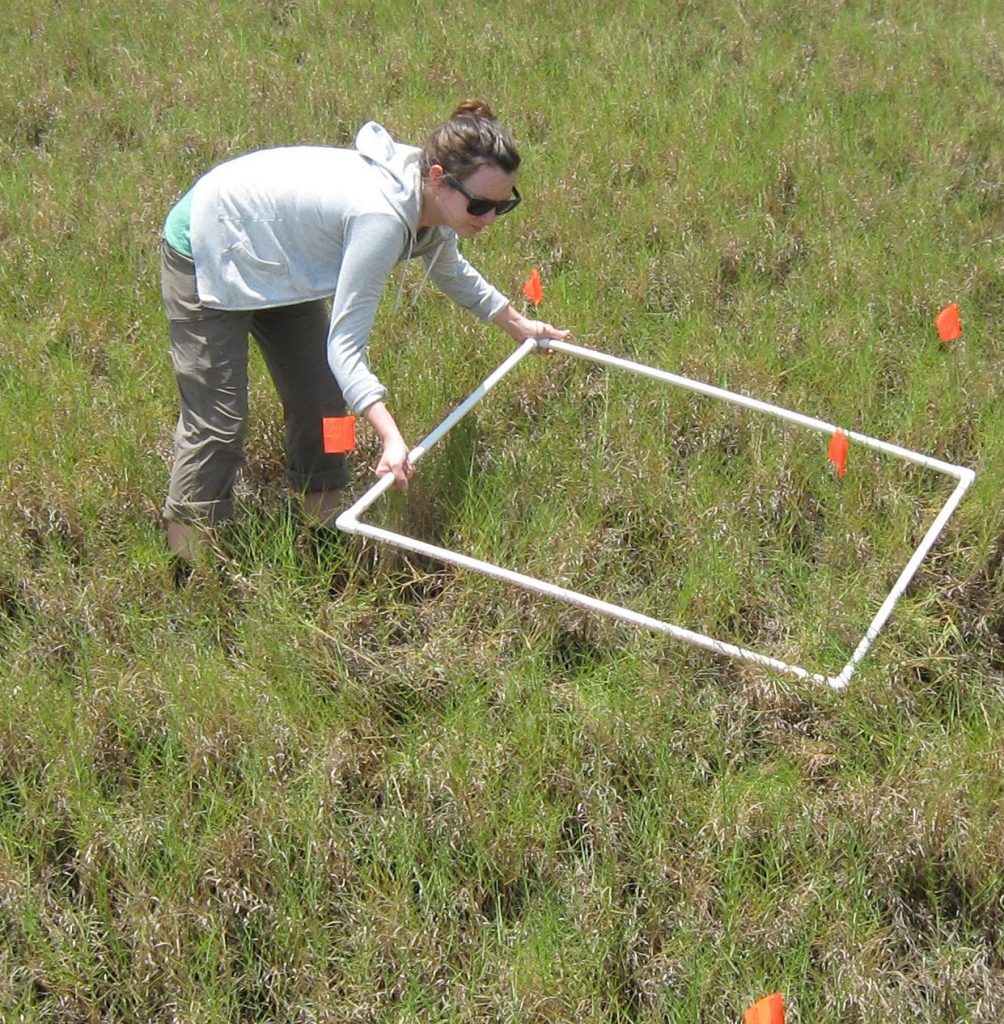
Ph.D. Candidate, University of California
2018 Conference Travel Grant Type 2 (Ecological Society of America)
Spatial Synchrony in Coastal Wetland Response to Changing Climate Regimes
“Climate change impacts are predicted to worsen in the coming century and pose a significant threat to coastal ecosystems worldwide. Determining how coastal systems will respond to climate change is complicated by the variability associated with climate change drivers, high uncertainty, and differential response among individual wetlands. To provide insights into future response to climate change impacts, we combined field surveys, high-resolution unmanned aerial vehicle (UAV) imagery and long-term time series of satellite imagery to investigate the drivers and patterns of salt marsh productivity in the Southern California Region. Our approach utilizes innovative UAV technology to strengthen the relationship between salt marsh biomass and remotely-sensed vegetation indices, which improves the application to long-term time series available through the Landsat Archive dataset. With an improved time series of biomass for several salt marshes in Southern California, we were able to identify long-term trends and the environmental drivers relevant to different sites. Sea levels and drought were identified as key drivers throughout the region, indicating that regional environmental variability, i.e., the Moran effect, was the dominant process affecting synchrony at larger spatial scales. However, some sites exhibited variable response to these drivers over time, suggesting the importance of local factors in determining marsh biomass and productivity. As rising seas and a warmer, drier climate threaten many coastal areas worldwide, these insights into the spatial synchrony of regional salt marsh biomass are valuable indicators of future response to climate change.”
